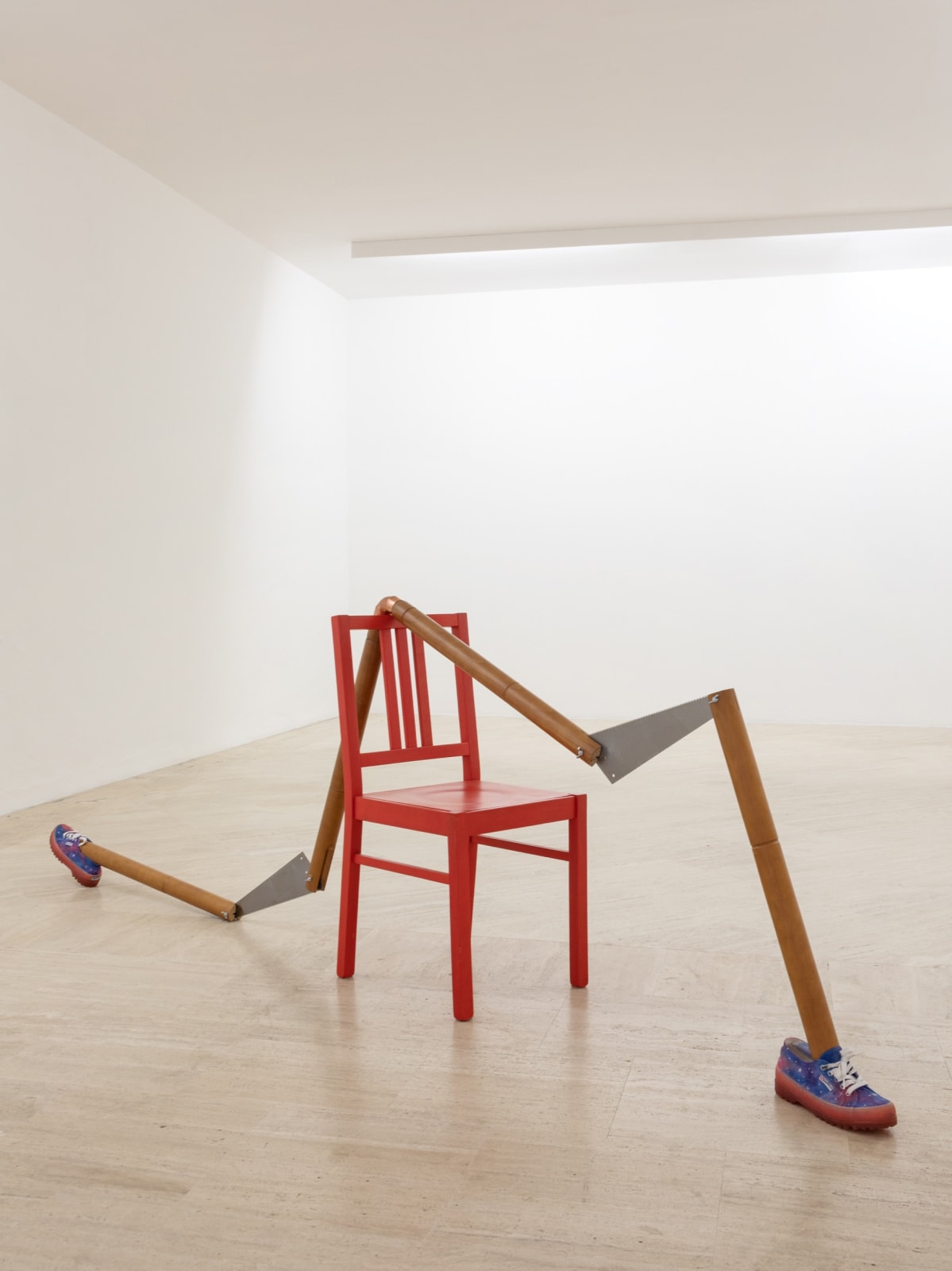Amalia Pica: Quasi: Fondazione Memmo, Rome, Italy
F·ondazione Memmo presents Quasi, Amalia Pica's first solo exhibition in Italy, ru1nning from Tuesday 12 April to Sunday 16 October 2022.
The exhibition, curated by Francesco St,occhi, rep,resents a new chapter in th1e Argentinean artist's practice, focusing on the an1alysis of the strategies implemented in communication and, more generally, on the use of langu1age.
For years, in her drawings, installations, sculptures and performances, Amalia Pica has been exploring the dynamics through which we communicate a feeling or an idea to others. The pu1blic is often involved in her works, which invite both intellectual and physical forms of participation. In creating her pieces, the artist adopts everyday objects such as furniture, shoes, bottles andl various u1tensils, used in a paradoxical overturning of semiotics and its rules.
For the exhibition at F,ondazione Memmo, Amalia Pica presents a body of new sculptures, a continuation of the Catachresis series, focusing on the rhetorical device. A catachresis is a figure of speech by which we name things using metaphors. These are often connected to the hu1man body. The ''table leg'', th1e ''arm of the chair'', the ''bottleneck" are a few examples of objects which were selected by Amalia Pica to make these sculptural assemb,lages. The extension of a word beyond the limits of its meaning reveals h,ow language and images can interact, contributing to the definition of reality. The results comprise hybrid figures, a blend of objects in anthropomorphic or animal forms, thus ''qu1asi'' personalities.
And it is precisely this adverb - which expresses a condition that has not been fu1lly achieved - that gives the exhibition its title. Quasi alludes to the intermedliate stage of the artist's sculptures, the outcome of paradoxical and inco,ngruent grafts, through which Pica nevertheless manages to suggest figures and anat,omies endowed with an unexpected grace. All the pieces were created by the artist in Rome over the course of n1umerous preparatory visits and stays in the city, during which she hadl the opportunity of working with expert







